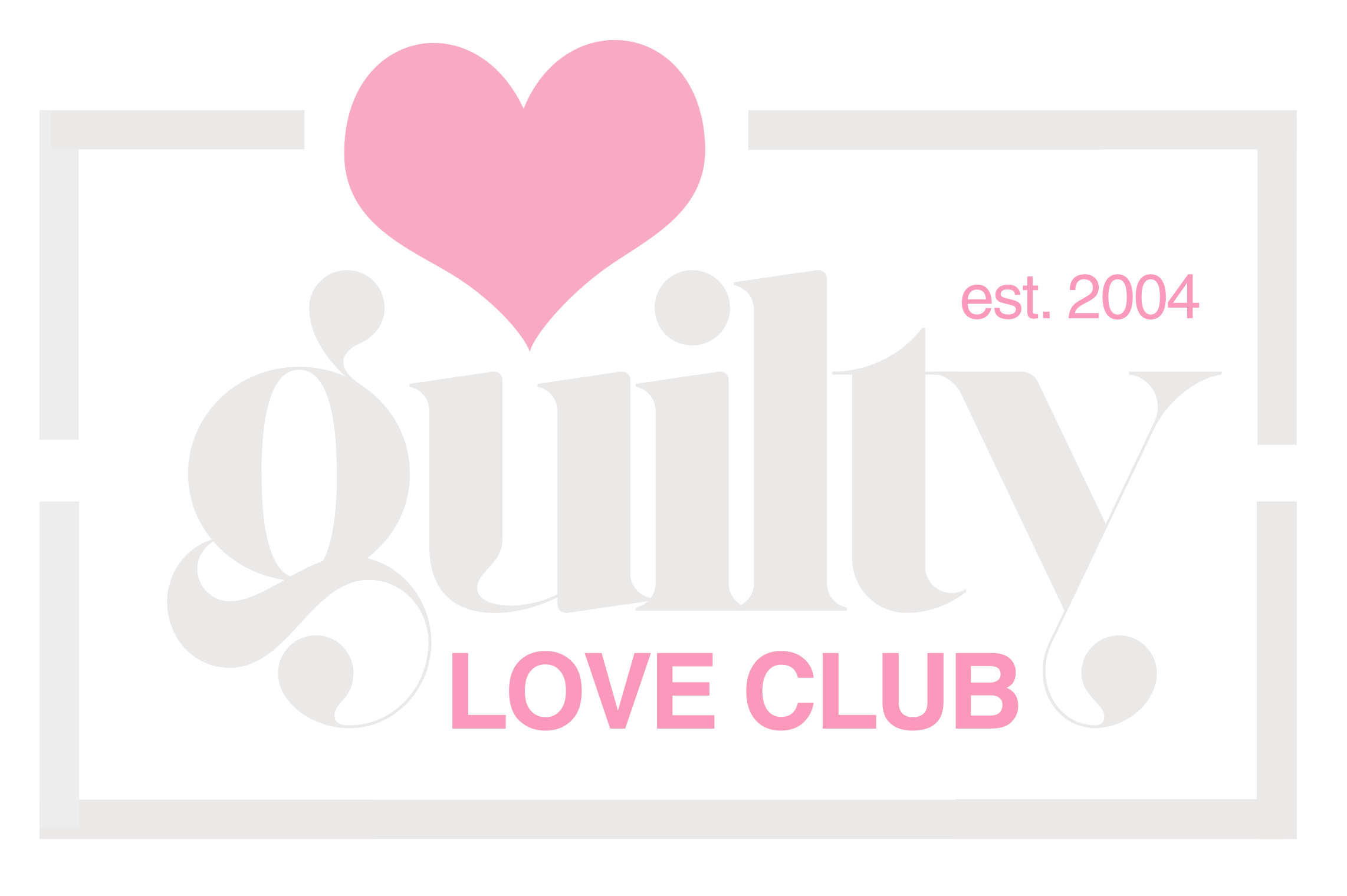
We thought it was fitting to start off this “Booties Back Then” blog series with a period that focused on the silhouette of a woman’s curve from the small of her back to her butt. While during an era of modesty — when women were to keep their legs covered — one of the booty’s most decorated times was the late-1800s with the popularity of the bustle.
The History
The bustle was born from the long, steel-hoops of the dresses in the early 1800s (which were a more even, cylindrical shape around the butt and legs). The bustle first started appearing in the mid-1800s but was in full swing by 1880 — and was larger than any bum ever.
It started with a new, draped-back dress that gathered fabric at the tail of the back over the top of the butt. In the early bustle days, this fabric was held low and fanned out, creating a small hump around the butt.
The Craze
Within a couple decades, this hump crept much higher to the waste and the additional fabric had become more and more exaggerated. This combination created quite the peak over the booty.
To get this mountainous look, women would often wear some form of bustle support undergarment, which was worn beneath the dress and made of additional fabric and/or wiring.
The Controversy
Like today’s debates around butt enhancements and implants, the bustle brought on its fair share of debate too. Cartoons and caricatures would depict women looking like snails or as though they had parasites growing off their bottoms.
The Divorce
Women said “bye-bye bustle” with the introduction of the long corset in the early 1900s. Though they can still be found in more muted forms on wedding dresses and formal gowns today.


